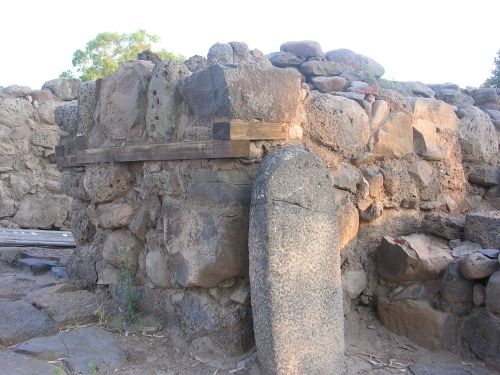Bethsaida Project Summer Season Underway
At an elevated location not far from the north shore of the Sea of Galilee lies what remains of a place identified with some of the miracles of Jesus (healing of a blind man, walking on water, and feeding of the multitudes). Birthplace of three of the Apostles (Andrew. Peter, and Philip), this site is now yielding the remains of Bethsaida, the famous town mentioned so often in the Gospels of the New Testament and, along with Capernaum, associated with the ministry of Jesus. What makes the ancient town doubly exciting, however, is what lies deeper beneath the Hellenistic/Roman layers. In 1996, while going about business as usual during the 1996 excavation season, Dr. Rami Arav of the University of Nebraska, Omaha, began to peal away layers that covered an Iron Age city gate complex rivaling the great city gate complexes found at other great ancient sites such as Megiddo and Hazor. The complex proved to be part of a large Iron Age city that is now identified by scholars as very likely the capital of the Kingdom of Geshur, which figured prominently in events associated with ancient Israel’s King David.
The Bethsaida Excavation Project began it's summer 2006 season on May 22 with a team of 40 students and volunteers. Within the first week, excavators had uncovered additional evidence of the 732 BCE destruction of the ancient city - bits of charcoal that remained within the debris of the collapsed floors that anciently overlay the area of excavation. Other finds included a possible portion of a stelae, and, in the Hellenistic-Roman period area of the tel, the bottom half of a cooking pot, part of a knife blade, a large nail, and a well-defined spindle whorl.
Dr. Arav's objectives for this season include unearthing more evidence of the 10th century (stratum 6) structures, including walls and more of the main city road. Work will also continue to uncover more of the Hellenistic-Roman era residential area.
Updates will continue to be posted at this site throughout the season. For details and photographs of the season start, see the 2006 Season Updates at the website.




0 Comments:
Post a Comment
<< Home